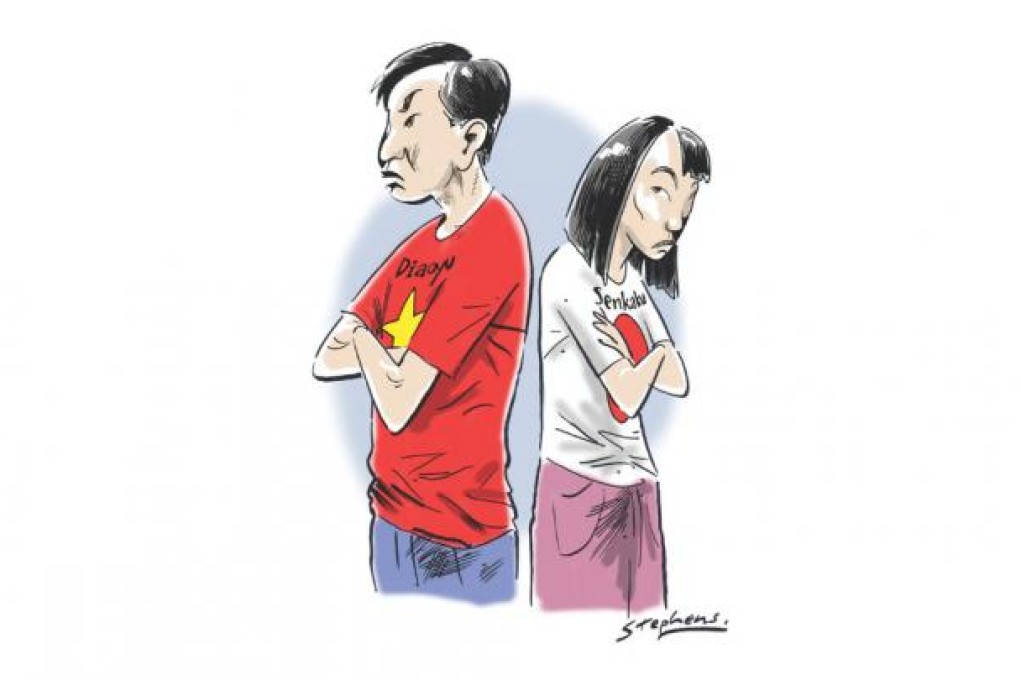Japan and China, each seeing its own pain
Lex Zhao, a long-time resident of Japan, says Sino-Japanese relations have been plagued by misunderstandings, and the lack of awareness in China over Tokyo's struggles has contributed to the Diaoyus dispute

I have been a professor in Japan for more than 18 years. But only recently have I begun to receive lots of worried inquiries from family and friends in China, asking if I and my family are sheltered from the "demonstrations and riots in Japan". I have had to tell them again and again that there are no riots - the several large demonstrations in the summer were all against the Japanese government's approval of the reopening of nuclear power plants. The only one against China was a protest involving hundreds in Tokyo last month. When the marchers came close to the Chinese embassy, only five people were allowed to pass at a time and they were escorted by police.
There is certainly misunderstanding and misinformation on both sides. There is little discussion in China of the background under which the Noda administration decided to nationalise the Diaoyu Islands. For the record, the Democratic Party of Japan did not come to power in 2009 with a confrontational strategy in mind. On the contrary, its leaders Yukio Hatoyama, Ichiro Ozawa and Katsuya Okada all expressed a strong desire to build closer ties with China, with proposals for a European-Union-like relationship and a currency zone in East Asia. Ozawa even led a large group of congressmen on a three-day visit to China.
However, these friendly gestures from Japan appear to have been overlooked by China.
Then came the collision in 2010 between a Chinese fishing boat and a Japanese patrol ship near the Diaoyus. The captain was officially arrested, an unfortunate action that vividly shows the Naoto Kan administration's inexperience in foreign affairs. Soon afterwards, Premier Wen Jiabao warned Japan that it would suffer severe consequences if the captain was not released immediately. To ordinary Japanese, this looked like a slap on their leader's face.
The dispute was reignited later by Tokyo Governor Shintaro Ishihara's initiative to buy the Diaoyus. His three objectives were to: disrupt the incumbent Democratic Party to pave the way for the Liberal Democratic Party, where his son Nobuteru is secretary general, to come back to power; irritate Japanese voters to push them to amend Article 9 of the constitution and eventually arm and dispatch the Self-Defence Forces overseas; and co-operate with US troops in an attempt to contain a rising China. It seems that, so far, Ishihara's tricks have succeeded on all three fronts.
People in China probably do not understand well why Ishihara's push to amend the constitution on Japanese defence enjoys so much public support in Japan. The US wrote the constitution, and Article 9 prohibits Japan from rearmament: "The Japanese people forever renounce war as a sovereign right of the nation and the threat or use of force as means of settling international disputes." Images of self-defence forces soldiers having to change into civilian clothes before their arrival at Narita airport (coming back from peace-keeping operations in Iraq) make the public sympathetic to Ishihara's stance.
People in China are also probably unaware of the fact that, after mainland China, Taiwan, Hong Kong and Singapore, Japan is the place that uses the Chinese language the most. Students must learn about 2,000 Chinese characters before they start high school. The more formal a document becomes, the more Chinese it contains. College entrance exams contain questions from classics by Confucius and Mencius, while babies born into the royal family must be given names from Chinese classics. Kyoto was partly modelled on the early Chinese capitals of Changan and Luoyang. Thus, it is safe to say that Japan adopted ancient Chinese culture, and extended and developed it.